Inuuvunga: I Am Inuk, I Am Alive (2004)
Género : Documental
Tiempo de ejecución : 57M
Director : Mila Aung-Thwin, Bobby Echalook, Sarah Idlout, Laura Iqaluk, Linus Kasudluak, Willia Ningeok, Caroline Ningiuk, Dora Ohaituk, Rita-Lucy Ohaituk
Sinopsis
In this feature-length documentary, 8 Inuit teens with cameras offer a vibrant and contemporary view of life in Canada's North. They also use their newly acquired film skills to confront a broad range of issues, from the widening communication gap between youth and their elders to the loss of their peers to suicide. In Inuktitut with English subtitles.
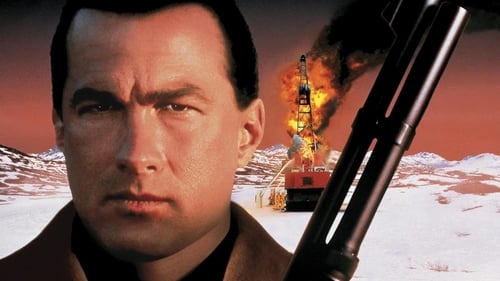
En las plataformas de petróleo de Alaska, Forrest Taft (Steven Seagal, que debuta como director) trabaja como especialista en la extinción de incendios en los pozos de petróleo. Sin embargo, mucho más peligroso que eso es enfrentarse a Michael Jennings, presidente de una compañía petrolífera que ha obtenido enormes beneficios a costa de poner en peligro el medio ambiente. En esa batalla Taft cuenta con el apoyo de una activista nativa y de cualquiera que se oponga a la compañía.
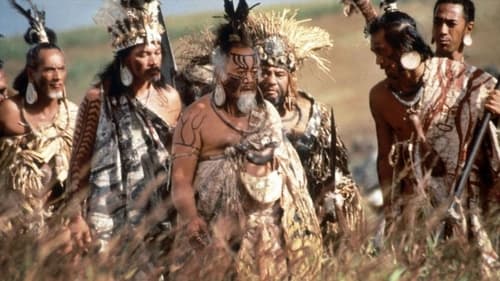
En 1722, un holandés descubrió una isla en el Pacífico Sur, a la que sus habitantes llamaban Rapa Nui, pero él la bautizó como Isla de Pascua. Muchos años antes había tenido lugar en la isla un grave conflicto de carácter social: los Orejas Cortas constituían la clase inferior y construían estatuas por orden de los Orejas Largas, que eran los nobles. Como tales sólo los Orejas Largas tenían derecho a participar en la competición anual que determinaba quién sería el nuevo Hombre Pájaro. Pero uno de los jóvenes competidores del certamen se había enamorado de una muchacha de los Orejas Cortas. Ese amor sólo podría triunfar en el caso de que él superara las pruebas y ella accediera a pasar dentro de una cueva las lunas que faltaban hasta el día de la competición. (FILMAFFINITY)
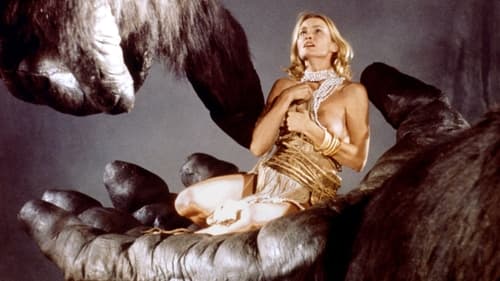
La "Petrox Company" envía una expedición, dirigida por Fred Wilson, a la Micronesia con la intención de encontrar petróleo. Con ellos va Jack Prescott, cuyo objetivo es encontrar un monstruo prehistórico. Durante la travesía, se encuentran un bote con una mujer que se ha salvado del naufragio del barco en que viajaba con un productor de cine. Cuando desembarcan, descubren una gran empalizada, y dentro observan que unos nativos colocan a una mujer nativa en una plataforma, mientras invocan a una misteriosa deidad animal.
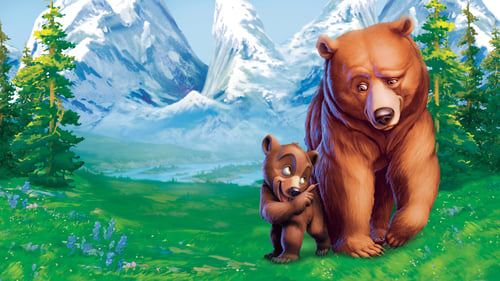
En los bosques del noroeste americano vive un niño indio llamado Kenai, cuya vida sufre un giro inesperado cuando los Grandes Espíritus lo transforman en un oso, el animal que más odia. Kenai se hace amigo de un osezno llamado Koda y se propone recuperar su forma humana. Mientras, su hermano (que no sabe que Kenai es ahora un oso) lo persigue para cumplir una misión de venganza en la que está en juego el honor familiar.

Adaptación de la novela homónima de Daniel Defoe. El inglés Robinson Crusoe, el único superviviente de un naufragio, va a parar a una isla desierta, donde tendrá que enfrentarse con la naturaleza y la soledad, y también con una tribu de caníbales, a quienes arrebata un nativo al que bautiza como Viernes. El nativo pertenece a una tribu de la que ha sido expulsado, por lo que decide quedarse a vivir con Crusoe.
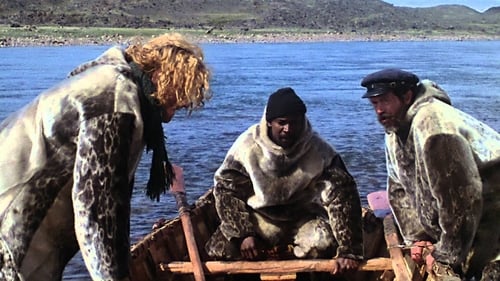
In 1896, three survivors of a whaling ship-wreck in the Canadian Arctic are saved and adopted by an Eskimo tribe but frictions arise when the three start misbehaving.

Incident at Restigouche is a 1984 documentary film by Alanis Obomsawin, chronicling a series of two raids on the Listuguj Mi'gmaq First Nation (Restigouche) by the Sûreté du Québec in 1981, as part of the efforts of the Quebec government to impose new restrictions on Native salmon fishermen. Incident at Restigouche delves into the history behind the Quebec Provincial Police (QPP) raids on the Restigouche Reserve on June 11 and 20, 1981. The Quebec government had decided to restrict fishing, resulting in anger among the Micmac Indians as salmon was traditionally an important source of food and income. Using a combination of documents, news clips, photographs and interviews, this powerful film provides an in-depth investigation into the history-making raids that put justice on trial.
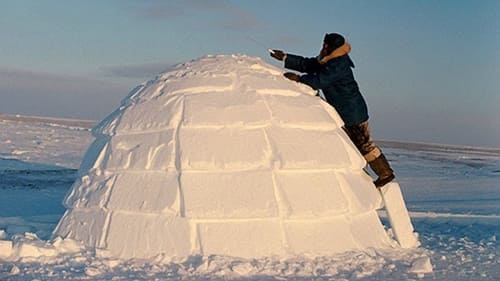
This classic short film shows how to make an igloo using only snow and a knife. Two Inuit men in Canada’s Far North choose the site, cut and place snow blocks and create an entrance--a shelter completed in one-and-a-half hours. The commentary explains that the interior warmth and the wind outside cement the snow blocks firmly together. As the short winter day darkens, the two builders move their caribou sleeping robes and extra skins indoors, confident of spending a snug night in the midst of the Arctic cold!

THROAT SONG takes place in the icy landscape of Iqaluit, Nunavut, a small town in the Canadian Arctic. Ippik, a young Inuit woman, is silently suffering from the pains of an abusive relationship. Lost in a community that's been tragically separated from its past, Ippik begins to connect with other victims of violence and seeks to reclaim her voice.

A documentary on the massacre of Planas in the Colombian east plains in 1970. An Indigenous community formed a cooperative to defend their rights from settlers and colonists, but the government organized a military operation to protect the latter and foreign companies.

Animated Canadian film.

Mayan Renaissance is a feature length film which documents the glory of the ancient Maya civilization, the Spanish conquest in 1519, 500 years of oppression, and the courageous fight of the Maya to reclaim their voice and determine their own future, in Guatemala and throughout Central America. The film stars 1992 Nobel Peace Laureate and Maya Leader Rigoberta Mencu Tum. All of the images, voices, expert commentary and music in the film come directly from Central America, the heart of the Mayan World.

It is late autumn and the Eskimos travel through soft snow and build karmaks, shelters with snow walls and a roof of skins, in the river valley. The geese are gone but some musk-ox are seen. The man makes a toy sleigh from the jawbones of a caribou and hitches it to a puppy. Next day the women gather stocks of moss for the lamp and the fire. The men fish through the ice with spears. The woman cooks fish while the men cache the surplus. Then the family eats in the karmak. The men build an igloo and the household goods are moved in. They begin the complicated task of making a sleigh, using the skins from the tent, frozen fish, caribou antlers and sealskin thong. The woman works at a parka, using more caribou skin, and the children play. Now the sled is ready to load and soon the family is heading downriver to the coast.

The time is early autumn. The woman wakes and dresses the boy. He practices with his sling while she spreads a caribou skin to dry. The boy picks berries and then the men come in their kayak with another caribou. This is skinned, and soon night falls. In the morning, one man leaves with his bow while the other makes a fishing mannick, a bait of caribou meat. The woman works at the skins, this time cleaning sinews and hanging them to dry. The man repairs his arrows and then sets a snare for a gull. The child stones the snared gull and then plays hunter, using some antlers for a target. His father makes him a spinning top. Two men arrive at the camp and the four build from stones a long row of manlike figures, inukshult, down toward the water. They wait for caribou and then chase them toward the stone figures and so into the water where other men in kayaks spear them. The dead animals are floated ashore and skinned.

Two Eskimo families travel across the wide sea ice. Before night falls they build small igloos and we see the construction in detail. The next day a polar bear is seen basking in the warming sun. A woman lights her seal oil lamp, carefully forming the wick from moss. The man repairs his snow goggles. Another man arrives dragging a polar bear skin. The boy has made a bear-shaped figure from snow and practices throwing his spear. Then he tries his bow. Now, with her teeth, the woman crimps the sole of a sealskin boot she is making. The men are hunting seal through the sea-ice in the bleak windy weather. The wind disturbs the "tell-tales," made of eider down or a hair loop on a bone, that signal when a seal rises to breathe. A hunter strikes, kills and drags his catch up and away. At the igloo the woman scrapes at a polar bear skin and a man repairs a sled. In the warming weather the igloo is topped with furs and a snow shelter is built to hide the sled from the sun.

Late June, and much of the land is bare. There are sounds of running water, and melt ponds shine everywhere. The woman carries heather and moss to camp and the man makes a whirling bullroarer for the boy. Another child pretends to drive a dog sled. A woman is working sinews into bowstrings, while another is busy with a seal skin. A woman prepares to cook a meal and a man makes a bow from bone and sinews. It is a demanding task to combine such materials into a strong supple weapon; the result is pleasing to the man. The next day the men move out on the sea ice with a dog to look for seal pups.

In late winter when the cold is severe, the people and dogs are glad to stop their trek and make camp. In the blue dusk the men probe the snow and then cut building blocks while the women shovel a site. Soon all are under cover, and in the wavering light of the stone lamp they sleep, their breath rising coldly. In the light of day the men test and refurbish their spears, harness dogs to the sled and strike out on the sea ice. Each man, with a dog or two, explores the white waste, seeking scent of a seal's breathing hole. When a dog noses the snow, the man probes for the hole and, when he finds it, suspends a single looped hair to signal when the seal rises to breathe. Then he waits, motionless, to make his strike. He kills, and the others gather to taste the warm liver of his catch. Then, as night comes, the vigil goes on.

Now it is July - summer. The run-off is in full spate and open water shows offshore. Ice cakes melt on the shingle. On the bay are ducks. It is time to build a kayak, a task shared by two men. They gather materials: valuable scraps of wood, bone, seal skins and sinews. Now there is much cutting, fitting, joining and binding. The woman helps by cutting additional thongs, scraping skins, providing food. She must also amuse the child who seems left out by the single-minded work of the men. Then the work breaks and a man harpoons a fish in a tide pool; all share the pleasure of fresh food.

Full summer, and the tundra is bare; skin tents are up and it is time to attend to the fishing as the fish move upstream. The men are in the river, lifting stones and placing them to form enclosures to trap the fish. A woman skins a duck and then braids her hair in the old way, stiffly around sticks. From a bladder she makes a balloon for the child. The men are fishing with the three-pronged leisters, spearing the fish and stringing them on a thong, until it is as much as a man can do to drag his catch from the water. The woman works quickly, cleaning the fish, and then all enjoy bits of the fresh raw fish.

More signs of winter's end as more wildlife returns. The family makes an excursion for fresh fish from a lake. They build a karmak and move in the furs, cooking troughs, etc. The woman sets up her lamp, spreads the furs and attends to the children. There are signs of returning wildlife. The man moves out on the lake ice and chips a hole for fishing. He baits his hook and lowers it jigging the line to attract the fish. Crouched by the hole, he persists with his purpose and takes some fish, as does his wife who has joined him. Both remain at the hole through a severe blizzard.










